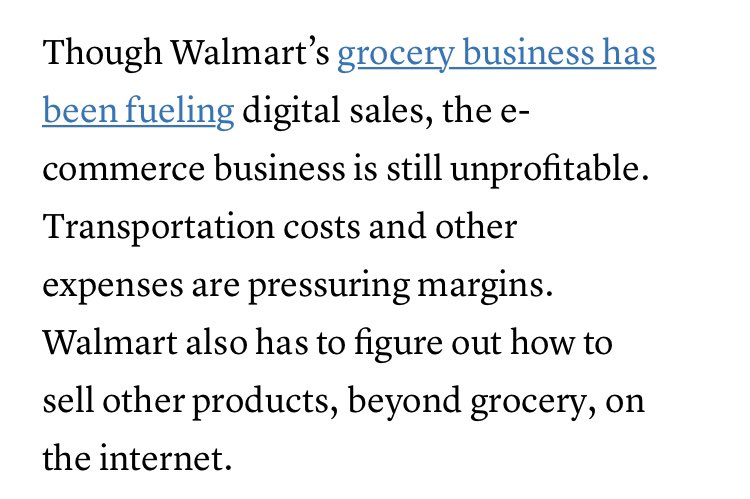Having been focused on solving this challenge for more than a decade, I'll offer up my perspective on the best approach
👇
There are no one-size-fits-all solutions, and there are very few one-size-fits-many solutions
This is because no two companies architect their supply chain and demand engine the same way
The manner in which a business takes products to market and onboards customers is at the very heart of how they create value for consumers. It's the underpinning of competitive advantage
It sits aside Brand and Service as the three pillars of DTC success
There are ingredients:
Design
Technical Design
Raw Materials
Manufacturing
MOQs
Lead Times
Inbound Logistics
Warehousing
Outbound Logistics
Target Customer(s)
Creative/Brand
Storytelling/Voice/Copy
Demand Channel Deployment
Sales Channel Deployment
Clienteling
Customer Service
Hospitality
The ability to execute this well end-to-end and consistently over time requires a full organizational effort and coordination
In simple terms, Excel and a smart, savvy and talented individual (or group) is *Undefeated* -- particularly in early-stage companies
The ability to blend art and science in this capacity is paramount
Marketing
Finance
Supply Chain
Operations
Merchandising
And most importantly they must be able to articulate an objective narrative and strategy across all functions
The future demand is balanced with supply to create an optimal 'flow' which is then passed through supply chain constraints
This is an iterative process
Each pass through a 'learning cycle' should provide incremental improvement across every ingredient and ultimately the outcome of the recipe
KPI and OKR performance relative to expectations helps to measure this improvement
When variability with respect to inputs, process, and outputs is diminished, technology can be considered
These businesses should pursue a 'back-end' tech stack that includes: (+examples)
PLM: Backbone
ERP: Netsuite
S&OP Planning: Anaplan
✅'Clean' and structured data
✅Near-optimal 'ingredient' mix
✅Coordinated, repeatable process
Until then, reliance on talent and inexpensive/flexible tools (excel) and is optimal





